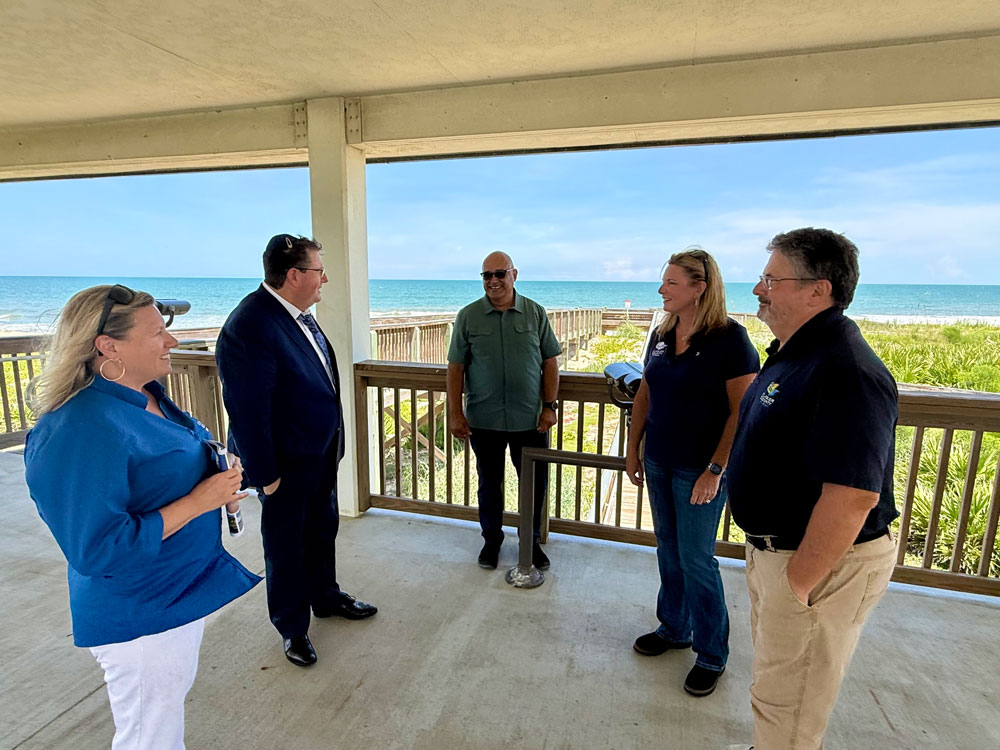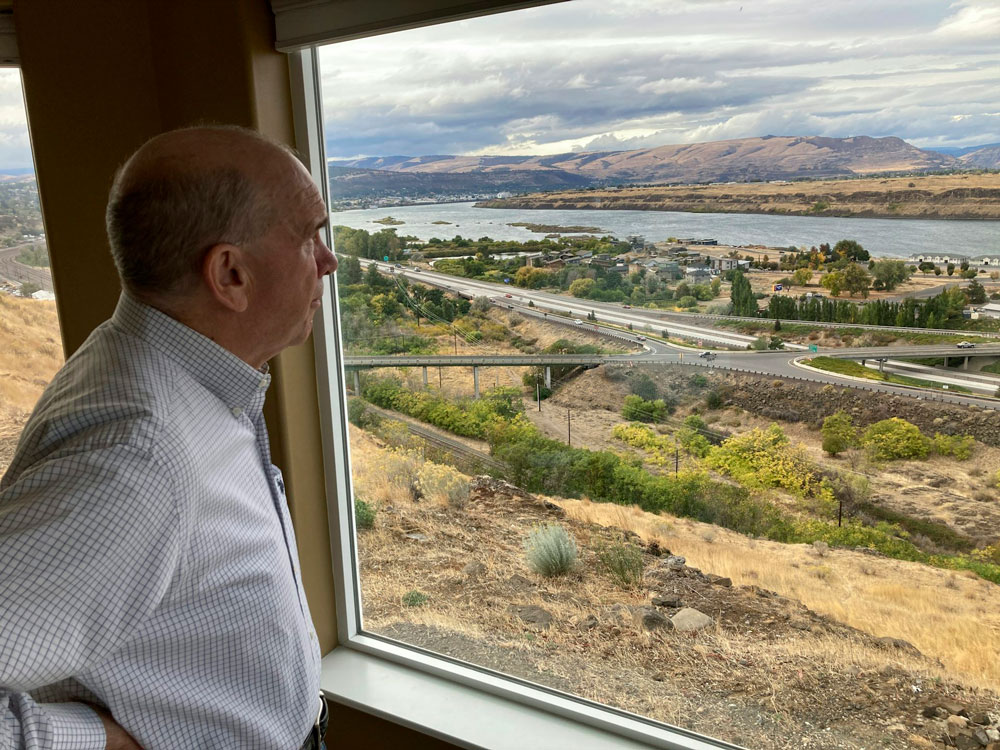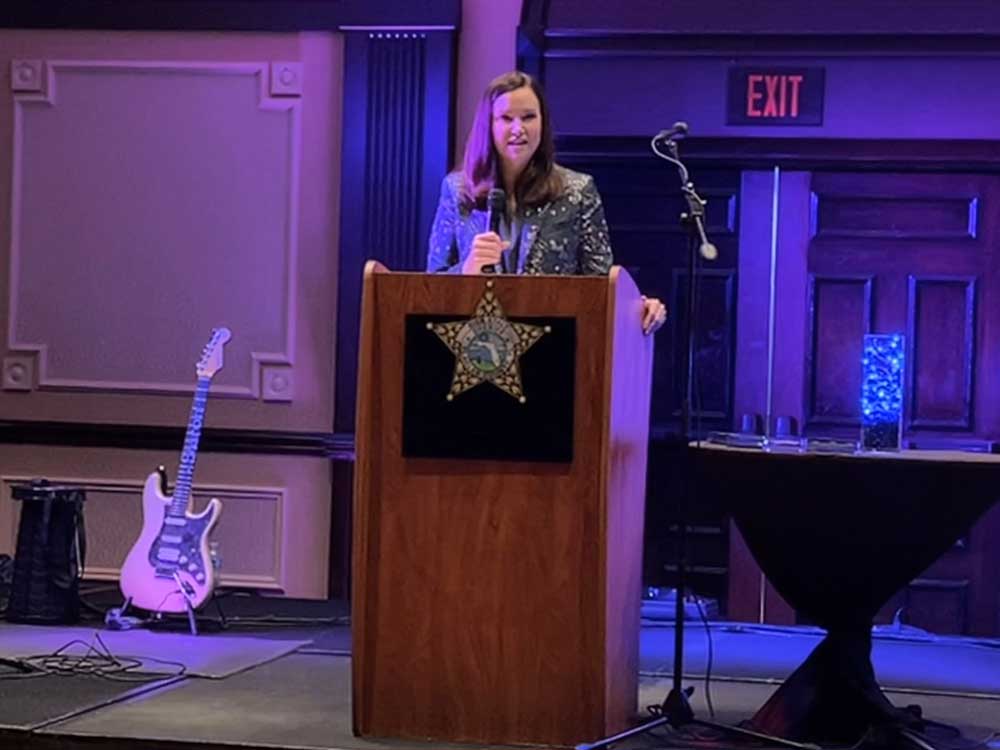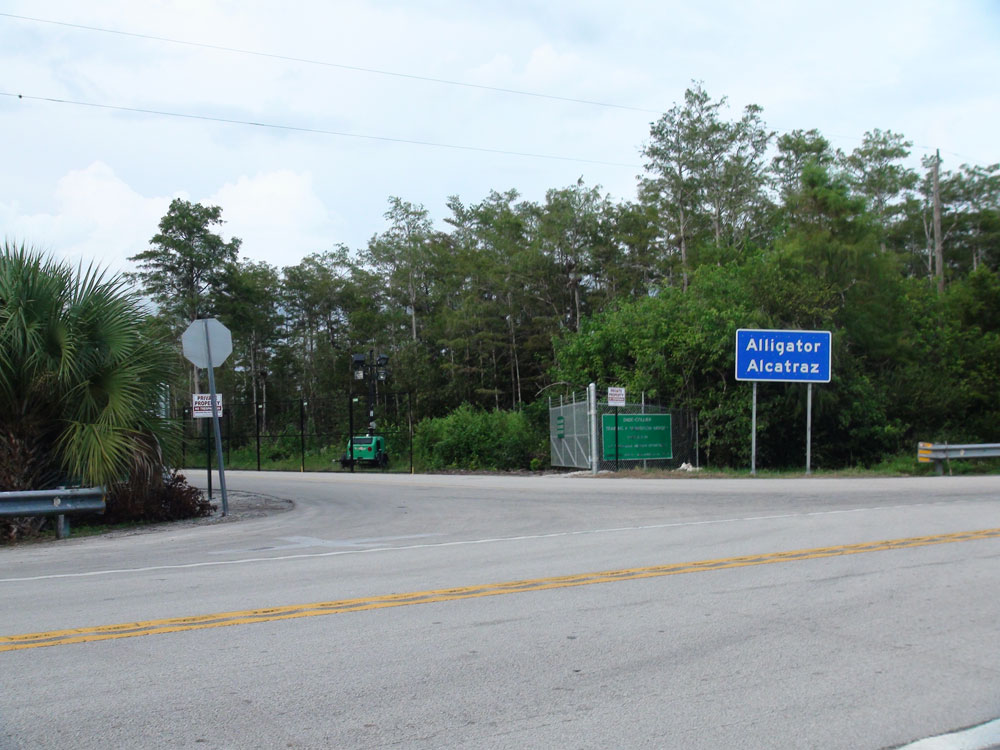U.S. Representative Randy Fine left Palm Coast leaders feeling much more optimistic that he would assist them with beach-management and beach-funding opportunities if he did not directly address their aspirations for federal financial assistance with the city’s utilities infrastructure on Wednesday.
The county made two significant requests. Fine promised to assist with both. “He seems very confident he can help,” said Andy Dance, the chair of the County Commission, who went on the tour with Fine.
Fine met with top county officials at the edge of Bay Drive in the Hammock for what was to be a lengthy tour along the beach to Flagler Beach immediately after visiting Palm Coast’s damaged but repairing sewer facility in the Woodlands.
He didn’t get very far. He had a flesh-pressing event at the Chamber of Commerce scheduled for 4 p.m., but the heat was unbearable. However, after he was finished, Dance and other county officials believed that Fine would assist Flagler County in obtaining the required federal signature on a projected FEMA award of $7.5 million to assist with the reconstruction of dunes from Marineland to Mala Compra Park.
Additionally, he would utilize his connections to help obtain a study through the U.S. Army Corps of Engineers worth about $4 million, which would be the first step in federalizing the beach from Marineland to north of the pier.
Even though county commissioners were unable to agree on implementing the comprehensive, long-term plan that County Administrator Heidi Petito created earlier this year, which would have guaranteed a consistent, dedicated funding stream to rebuild and maintain all 18 miles of beaches permanently, those would be two important steps toward implementing the county’s long-term beach-management plan. Regardless of whether the beaches are federalized or not, that plan is still crucial since without the local plan, the funding required even for federalized beaches cannot be obtained.
As the local contenders vying for the seat next year remind him, Fine might not be familiar with Flagler County in most ways. He is accustomed to the challenges of the coast, though, having grown up in Brevard County. When he went on the tour with Dance, Petito, Deputy County Administrator Jorge Salinas, and most importantly, CountyCoastal Engineer Ansley Wren-Key, who accompanied Fine in one of the ATVs strolling along the coast and gave him the local, specific facts, that became clear right away.
The layers the ocean had formed in the dunes allowed them to notice the difference in lost sands as they moved. Because of the extreme erosion, they could see the area where walkovers dangle over the sand rather than sink into it. As the county works to rehabilitate the dunes, they might see parts that are being rebuilt.
It felt strikingly familiar to him because he lives on a seaside shore, Dance added. Congressman Fine and Ansley had a terrific talk since Ansley was out there as our expert and holds a doctorate in coastal engineering. He supports our strategy of allowing the beach and dunes to naturally revert to their former state. He opposes seawalls and other man-made barriers, which is in line with our agenda as set up by the state Department of Environmental Protection (DEP) and the Army Corps of Engineers.
The majority of the local grants that Flagler has successfully obtained, either to match federal monies or to construct dunes as a local effort, have come from DEP. The State Department of Transportation has made significant financial contributions, nearly all of which have gone toward rebuilding State Road A1A and its own secant seawall projects.
It was fantastic. Dance added of Fine, who had also been curious during his visit to the wastewater plant in Palm Coast, “he did ask a lot of questions.” He and Ansley got along well, and since he knows the ecology of the shore, it was encouraging to have that much support for our strategy and the fortification work we’re doing.
In Flagler coastline, the 2.8-mile stretch of coastline from the pier to South 28th Street is federalized. In the first part of a 50-year agreement with Flagler County, the U.S. Army Corps of Engineers renourished it, paying 65 percent of the original cost and Flagler County the remaining 35 percent to continue performing the periodic renourishments. The Corps rebuilds the beach at no expense to Flagler County in the event of severe named storms (and designated disaster regions) that erode the beach. Future renourishments will be funded 50/50 by Flagler County and the Corps.
Only those 2.8 miles are covered by all of stuff. The Flagler County Commission wants to apply that federalized strategy to the majority of the 18 miles of shoreline in the county. However, a feasibility study is the initial stage. It is expensive, time-consuming, and can take nearly 20 years to go from a feasibility study to funding for beach renourishment. The 2.8-mile journey to Flagler Beach took that long. Beaches are crumbling in the meantime. Therefore, it is best if the county starts a feasibility assessment as soon as possible.
It is another matter entirely to get the required signature for the $7.5 million in FEMA funds.
According to Wren-Keysaid, the Department of Homeland Security is now conducting additional reviews of FEMA projects. In order to compensate local governments for losses to public parks, beaches, piers, and other infrastructure, the county is awaiting Category G FEMA assistance. The $16 million renovation of the Flagler Beach pier, which is currently supported by two turtle nests, is being funded in part by about $10 million in Category G funds.
According to Wren-Key’s email, the project would stretch from the Marineland revetment to the southern end of Mala Compra Park, omitting Washington Oaks Gardens [State Park], which would be a different project supported by the state park. The expected cost of the FEMA project is $10 million, of which 75% will be covered by FEMA, 12.5% by the state Division of Emergency Management, and 12.5% by Flagler County.
In a statement released this afternoon, Petito stated, “With FEMA Category G funding, we can start repairing and strengthening our dunes now, while the Army Corps feasibility study establishes the foundation for multigenerational resilience.” Congressman Fine’s viewpoint as someone who genuinely enjoys Florida’s coastal lifestyle is a significant strength in supporting these programs.







